The Okavango Delta, located in Botswana, is a true testament to the spectacular beauty and rich biodiversity that nature has to offer. This magnificent oasis in the heart of the African wilderness is a mosaic of lush wetlands, sprawling grasslands, and winding waterways that attract both wildlife enthusiasts and adventure seekers from all across the globe. Navigating this pristine ecosystem is a once-in-a-lifetime experience that immerses you in the wonders of nature like never before.
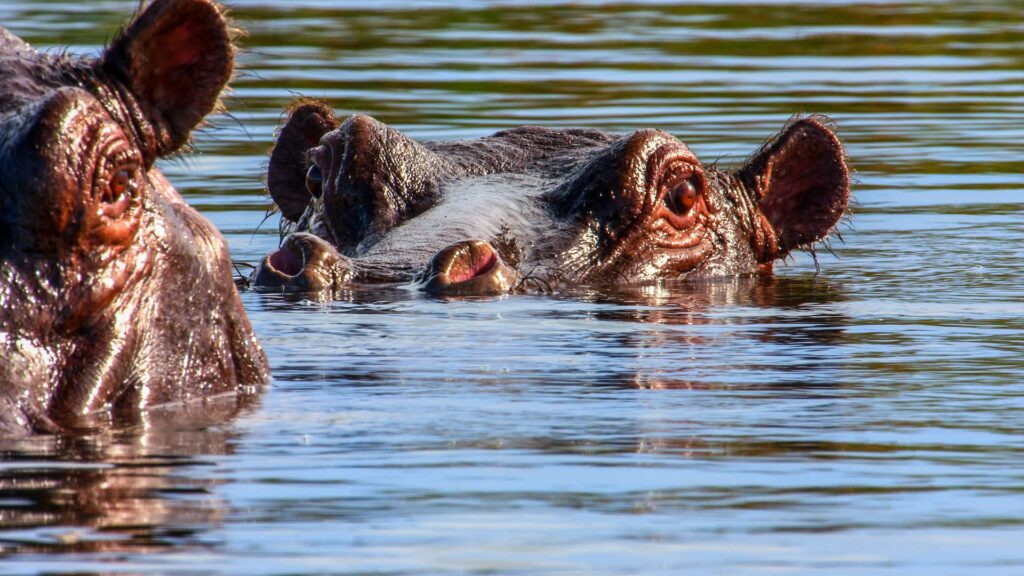
Spanning over 16,000 square kilometers, the Okavango Delta is one of the largest inland deltas in the world. Its unique formation is a result of the Okavango River flowing from the highlands of Angola, through the plains of Namibia, and finally dissipating into the desert sands of Botswana. Instead of reaching the ocean, the river merges with the Kalahari Desert, forming a labyrinth of channels, lagoons, and islands that transform this arid region into a wildlife haven.
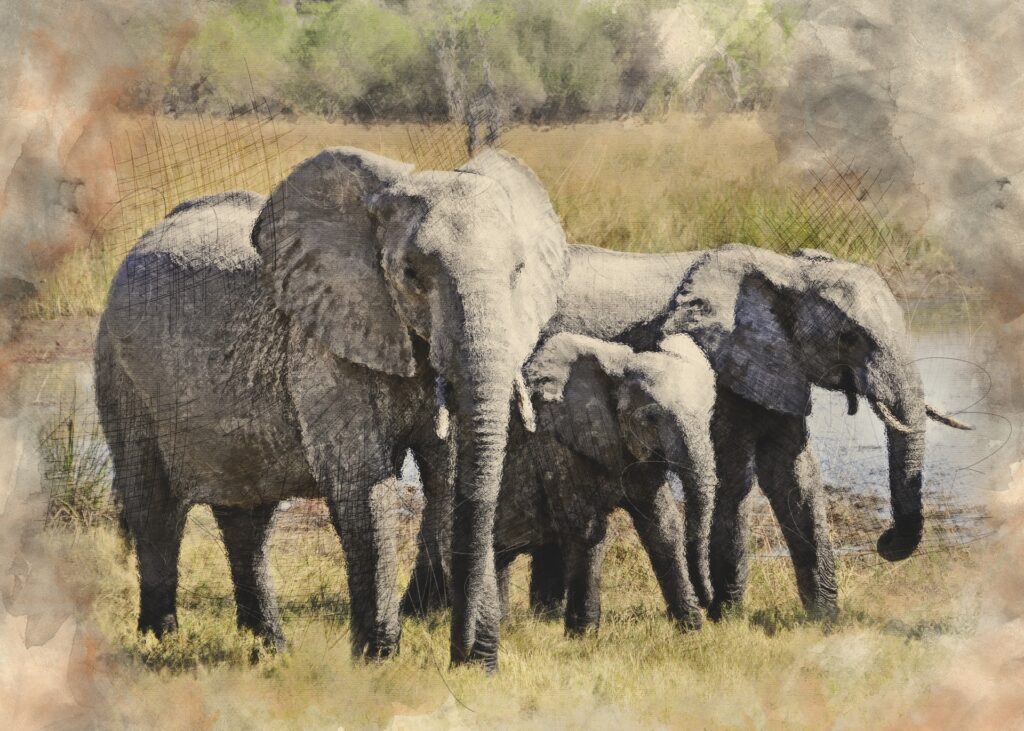
The first step in navigating the Okavango Delta is choosing a method of exploration. Traditional mokoro canoes are the most iconic and authentic way to glide through the waterways. These slender boats, traditionally crafted from hollowed-out tree trunks, offer a tranquil and non-intrusive means of exploring the remote areas of the delta. Guided by an expert “poler,” who expertly maneuvers the canoe with a long pole, travelers can silently observe the fascinating variety of birdlife, water plants, and amphibians that call these waterways home.
For those seeking a more adventurous expedition, bushwalking safaris are an excellent choice. Accompanied by knowledgeable guides, guests are led on foot across the delta’s islands and floodplains, allowing for a more intimate encounter with the diverse flora and fauna. Walking through the wilderness provides a heightened sense of connection to nature and a chance to appreciate the smaller intricacies of the ecosystem. Each step uncovers new surprises, from the vibrant hues of a lilac-breasted roller to the delicate fragrance of wild sage bushes.
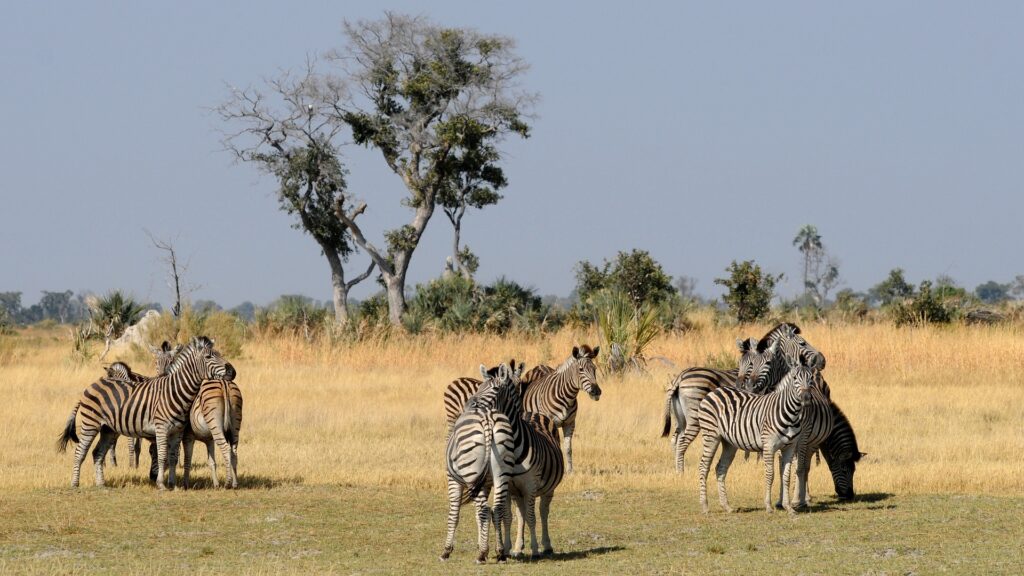
No journey through the Okavango Delta would be complete without venturing into the grasslands to witness some of Africa’s most iconic wildlife. Game drives provide an opportunity to explore the vast floodplains and witness the astonishing diversity of animals that roam the area. The delta is teeming with a multitude of creatures, including elephants, buffalo, giraffes, zebras, and an abundance of antelope species. However, the Okavango Delta is especially renowned for its big cat population, boasting impressive numbers of lions, leopards, and cheetahs. Observing these majestic predators in their natural habitat is a thrilling experience that leaves an indelible mark on your soul.
More:Read about on Exploring Lower Zambezi National Park Wildlife Riches
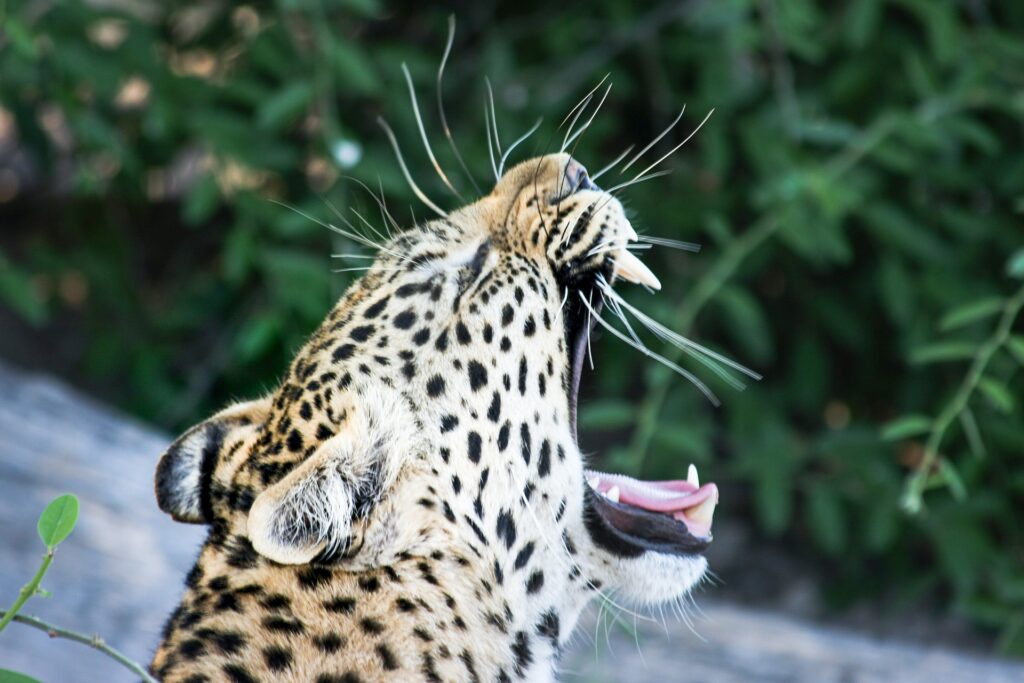
Another unique aspect of the Okavango Delta is the rare phenomenon of seasonal inundation. As the floodwaters cascade through the Delta from May to September, the landscape undergoes a dramatic transformation. The dry plains are swiftly engulfed in water, creating a network of islands that serve as sanctuary for an array of wildlife. This migration of water and animals creates a constant cycle of renewal and regeneration within the ecosystem. Witnessing this transformation first-hand is a humbling reminder of the power of nature and its ability to adapt and thrive even in the harshest environments.
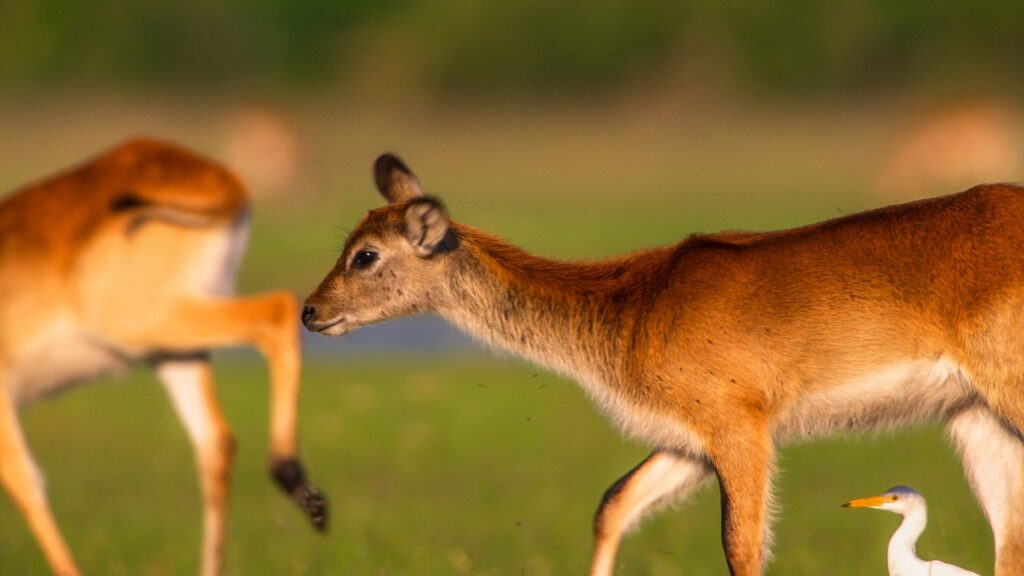
To enhance the experience of exploring the Okavango Delta, several exclusive and luxurious camps dot the landscape. These eco-friendly lodges are designed to blend seamlessly with the surroundings, offering a blend of comfort and sustainability. Staying in one of these camps provides an opportunity to unwind after a day of exploration, while still being immersed in the sights and sounds of the wilderness. Many camps provide top-class amenities such as gourmet cuisine, spa facilities, and private plunge pools, allowing guests to relax and rejuvenate amidst the awe-inspiring scenery.
More: Wanted to download Odisha Magazines, visit here
However, it is important to remember that the Okavango Delta is not just a tourist destination; it is a fragile ecosystem that requires careful management and preservation. Botswana has been at the forefront of conservation efforts, implementing sustainable tourism practices and strict regulations to protect this remarkable wilderness. Responsible travelers are encouraged to choose eco-friendly operators, respect the delicate balance of nature, and leave nothing but footprints behind.
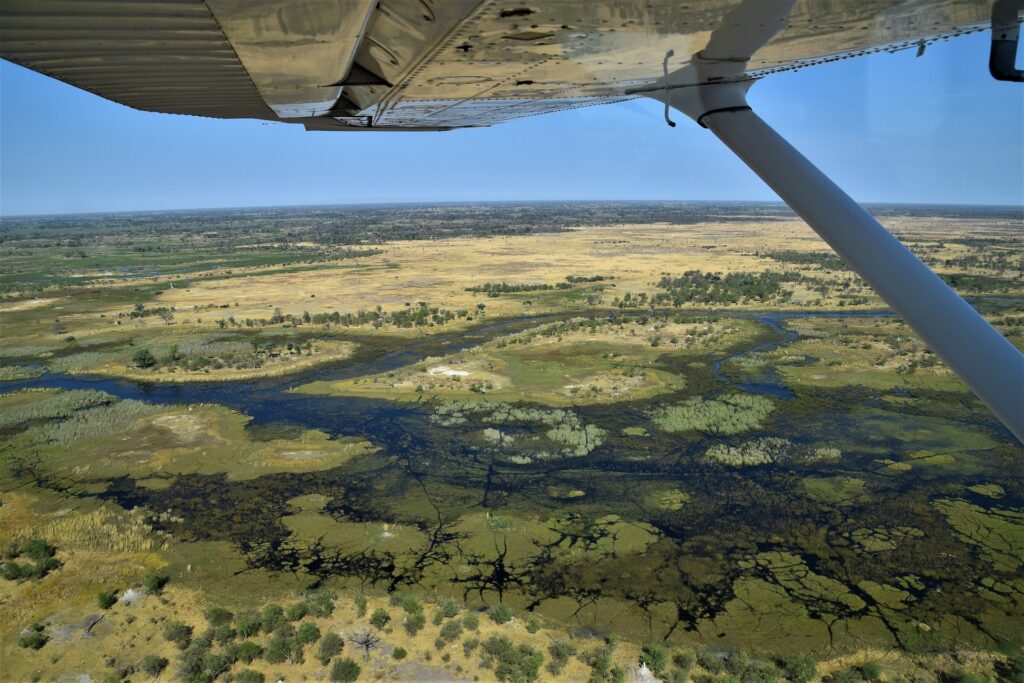
A journey through the Okavango Delta is far more than a mere vacation; it is a transformative experience that deepens your appreciation for the extraordinary beauty and resilience of the natural world. Navigating the wilderness of the Delta opens your eyes to the intricate interdependence of all living beings and highlights the importance of preserving these pristine habitats for generations to come. So, embark on this adventure, immerse yourself in nature’s oasis, and let the wonders of the Okavango Delta etch themselves into your heart forever.
FAQ For Navigating the Wilderness of Okavango Delta
What is Nature’s Oasis?
Nature’s Oasis is an immersive experience that takes you on a journey to explore the mesmerizing wilderness of the Okavango Delta in Africa.
Where is the Okavango Delta located?
The Okavango Delta is located in Botswana, Southern Africa.
What can I expect to see in Nature’s Oasis?
Nature’s Oasis offers an opportunity to witness Africa’s diverse wildlife, including elephants, giraffes, lions, hippos, and a rich variety of bird species. The lush greenery and unique landscapes of the delta will leave you in awe.
How do I navigate the Okavango Delta?
During your visit to Nature’s Oasis, you will have the opportunity to explore the delta’s vast waterways and floodplains. Mokoro, which is traditional dugout canoes, are used to glide through the serene waters, allowing you to observe wildlife up close.
Are there any safety precautions to consider?
Yes, safety is of utmost importance in the Okavango Delta. It is essential to follow the instructions and guidance of experienced guides who will accompany you during your journey. Adherence to safety protocols and guidelines ensures a safe and enjoyable experience.
What are the best times to visit Nature’s Oasis?
The Okavango Delta experiences different seasons, and the best time to visit depends on your interests. The dry season (May to October) offers excellent wildlife viewing opportunities, while the wet season (November to April) showcases lush landscapes and migratory bird species.
What should I pack for my visit to Nature’s Oasis?
It is recommended to pack lightweight and breathable clothing suitable for warm weather, as well as long-sleeved shirts and long pants for protection against insects. Don’t forget to bring sunscreen, a hat, comfortable walking shoes, and a good camera to capture the incredible moments.
Is Nature’s Oasis suitable for all ages?
Nature’s Oasis can be enjoyed by travelers of various ages, but it is important to consider the physical demands of the activities involved. Some activities may require moderate fitness levels and the ability to navigate through uneven terrain.
Can I book guided tours or accommodations at Nature’s Oasis?
Yes, guided tours and accommodations are available at Nature’s Oasis. There are reputable tour operators and lodges that can assist you in planning your trip, providing expert guides, comfortable accommodations, and memorable experiences in harmony with the natural surroundings.
Will I have access to amenities and facilities during my visit?
Amenities and facilities vary depending on the specific tour or accommodation you choose. Generally, lodges and camps in the Okavango Delta offer comfortable accommodations, dining options, and additional services such as game drives, nature walks, and cultural experiences.
Is Nature’s Oasis committed to conservation efforts?
Yes, Nature’s Oasis is deeply committed to conservation efforts in the Okavango Delta. They work closely with local communities and conservation organizations to protect the delicate ecosystem, promote sustainable tourism practices, and preserve the rich biodiversity of the area.

